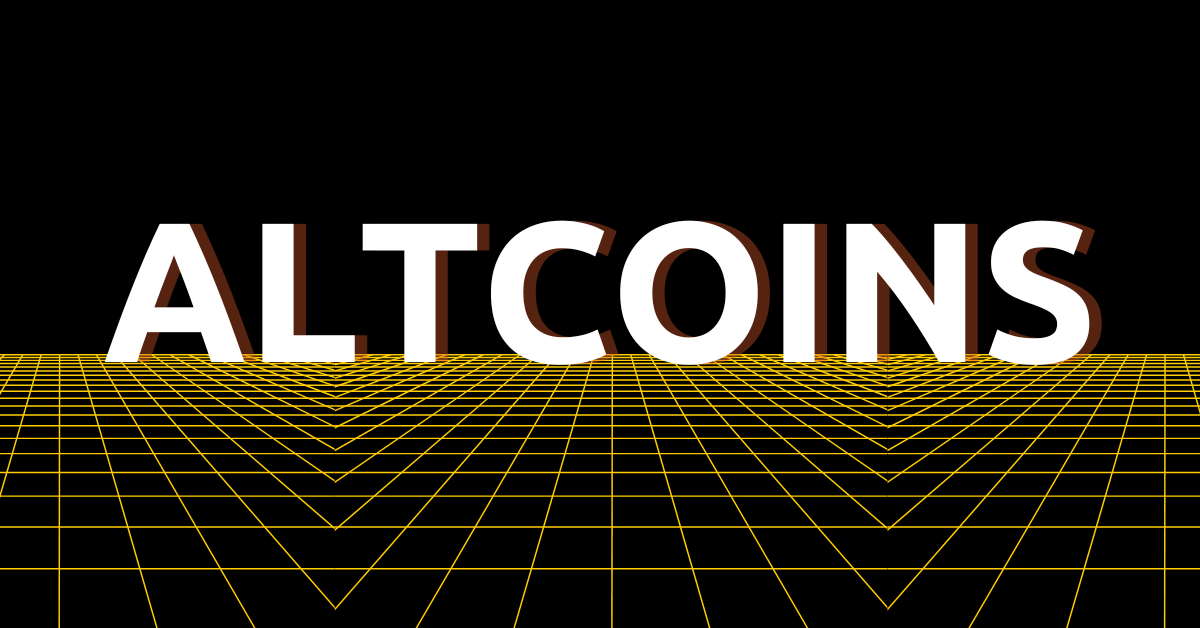Key Takeaways
- Bitcoin and Ethereum serve different purposes: Bitcoin as digital gold, Ethereum as a decentralized platform.
- Ethereum supports smart contracts and DeFi applications, while Bitcoin focuses on secure, decentralized payments.
- Differences in supply, consensus mechanisms, and programmability define their unique roles in 2025’s crypto ecosystem.
Top 10 Differences Between Bitcoin and Ethereum in 2025: A Clear Comparison for Crypto Investors
Bitcoin and Ethereum are the two largest and most influential cryptocurrencies in the world. While they share a foundation in blockchain technology, they are designed for very different purposes. Understanding the distinctions between these networks is crucial for investors, developers, and crypto enthusiasts navigating the 2025 digital asset landscape.
Here’s a detailed look at the top 10 differences between Bitcoin and Ethereum, highlighting why each remains essential in its own right.
1. Purpose and Vision
- Bitcoin (BTC): Created in 2009 by the pseudonymous Satoshi Nakamoto, Bitcoin was designed as a peer-to-peer digital currency, often referred to as “digital gold.” Its primary purpose is to store value and facilitate decentralized payments.
- Ethereum (ETH): Launched in 2015 by Vitalik Buterin, Ethereum was created as a programmable blockchain. Its goal is to enable smart contracts, decentralized apps (dApps), and decentralized finance (DeFi).
2. Blockchain Architecture
- Bitcoin: A relatively simple, secure blockchain optimized for recording transactions and maintaining scarcity. Its design prioritizes decentralization and security over flexibility.
- Ethereum: A flexible, Turing-complete blockchain capable of running complex smart contracts and supporting multiple decentralized applications.
3. Consensus Mechanism
- Bitcoin: Uses Proof-of-Work (PoW), relying on miners to validate transactions and secure the network.
- Ethereum: In 2022, Ethereum transitioned to Proof-of-Stake (PoS) with Ethereum 2.0 (The Merge), enabling energy-efficient validation and staking rewards.
4. Supply Limits
- Bitcoin: Has a fixed supply of 21 million coins, making it scarce and inflation-resistant — a key reason it’s considered a store of value.
- Ethereum: Does not have a strict supply cap. However, mechanisms like EIP-1559 and staking burn reduce ETH issuance over time, giving it deflationary characteristics under high network activity.
5. Transaction Speed and Costs
- Bitcoin: Typically processes 3–7 transactions per second, with fees that can spike during congestion.
- Ethereum: Processes roughly 15–30 transactions per second on Layer-1, but Layer-2 solutions like Arbitrum, Optimism, and zkSync significantly increase throughput and lower costs.
6. Smart Contracts and dApps
- Bitcoin: Limited scripting capabilities, primarily for payments and simple contracts. Complex applications are rare.
- Ethereum: Fully supports smart contracts, enabling DeFi, NFTs, gaming, DAOs, and more. Ethereum is the primary platform for programmable finance.
7. Governance and Upgrades
- Bitcoin: Development is slow and conservative, prioritizing security and stability. Upgrades require consensus from the community and miners.
- Ethereum: Upgrades frequently to enhance scalability, efficiency, and functionality. The Ethereum Improvement Proposal (EIP) process drives rapid innovation.
8. Use Cases
- Bitcoin: Primarily digital gold, payments, and store of value. Increasingly used in corporate treasuries and as a hedge against inflation.
- Ethereum: Powers DeFi, NFTs, gaming, DAOs, and enterprise blockchain solutions. Its utility lies in programmability and ecosystem flexibility.
9. Developer Ecosystem
- Bitcoin: Smaller developer community focused on security, scalability, and transaction efficiency.
- Ethereum: Boasts the largest developer ecosystem in crypto, driving innovation across DeFi, NFT marketplaces, decentralized identity, and more.
10. Market Position and Investment Profile
- Bitcoin: Seen as long-term store of value, less volatile relative to smaller cryptocurrencies, and a hedge against fiat inflation.
- Ethereum: Considered a platform for growth and innovation, with investment tied to ecosystem adoption, DeFi usage, and NFT activity.
Complementary Cryptocurrencies for 2025
Bitcoin and Ethereum are not rivals in the traditional sense — they serve complementary purposes in the digital asset ecosystem.
- Bitcoin is ideal for investors seeking scarcity, security, and long-term store-of-value potential.
- Ethereum offers exposure to innovation, decentralized applications, and programmable finance.
Understanding these differences helps investors, developers, and enthusiasts make informed decisions as they navigate the 2025 crypto landscape, balancing risk, growth potential, and long-term utility.




